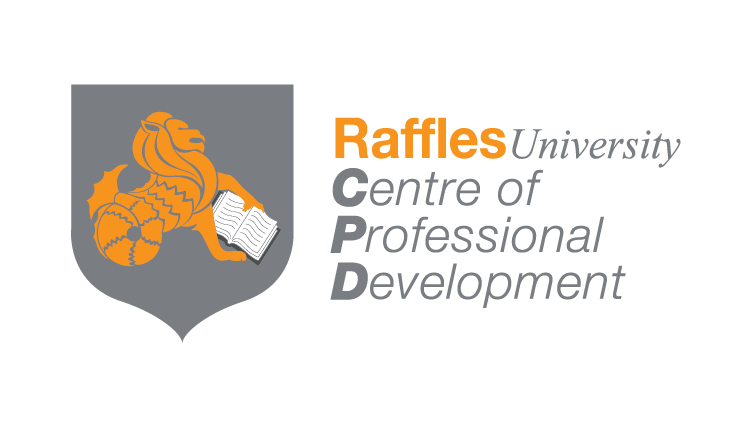
Port Kaizen Implementation: A Malaysian Port Experience
Abstract
Kaizen refers to a Japanese concept, which focuses on continuous process improvements. The concept doesn’t require big & impactful improvement, as any size and type of improvement are acceptable. Kaizen is normally practiced in engineering-related activities, including in a manufacturing environment. However, it can also be applied to all other business setups. This paper was prepared to demonstrate another aspect of Kaizen that has been implemented at seaports. All of the data taken are the actual result of implementing the Kaizen principles at a port in Malaysia since 2017 until 2020. The port uses multiple Kaizen tools normally applied to engineering activities, like the Toyota Production System (TPS), but was customized to become seaport-friendly. The other Kaizen tools in used include concepts like Muda, Mura, Muri, 5S and other lean practices. The process starts with a ‘gemba walk’ and thereafter, an in-depth analysis of the problems. It is followed by identifying the gaps which hinders achievement of targeted performance. This case study records the main results, and can be summarized as: Achieving customer satisfaction rate of above 75%; Container terminal has shown gross move per hour (GMPH) improvement from 21 to 23 GMPH; Non-edible liquid average loading rate has improved by between 4% and 19%, with the berth occupancy maintained between 44% to 48%; Average loading rate of edible liquid has increased between 4% and 19%; Average loading rate increased by 6% for bulk and 53% for break bulk; Tug boat service delivery performance of 100% achievement; Pilot boats service delivery performance of 100% achievement; Vessel arrival and departure performance reaching 99% achievement as compared to 97% target; and Having a highly motivated yet engaged staff at 72.20%, which is better than the Malaysian standard of 67%. Finally, the Malaysia Port has consistently hit one million TEUs for two consecutive years (2019 and 2020), a feat that was not possible without adopting the Kaizen principles back in 2017.





